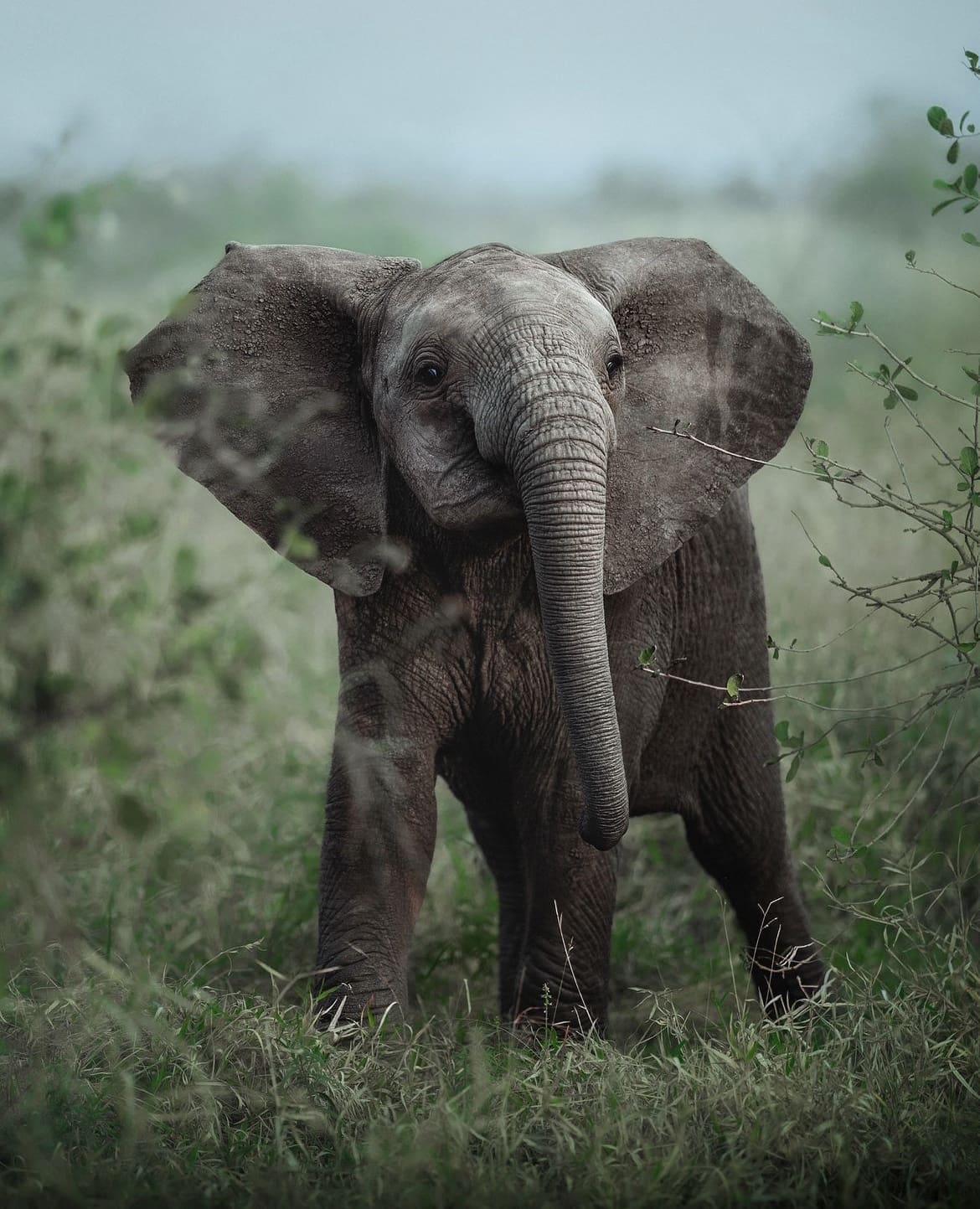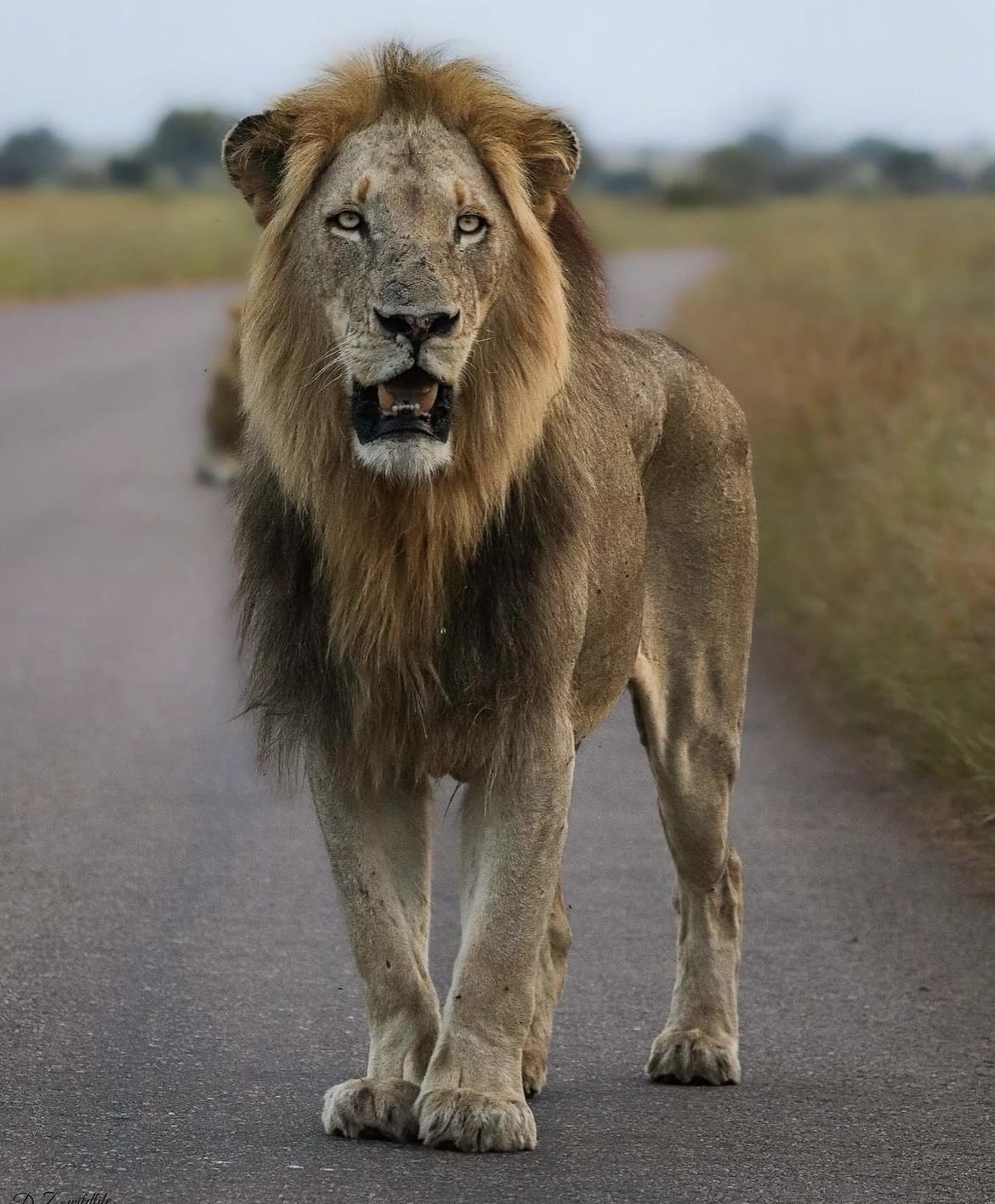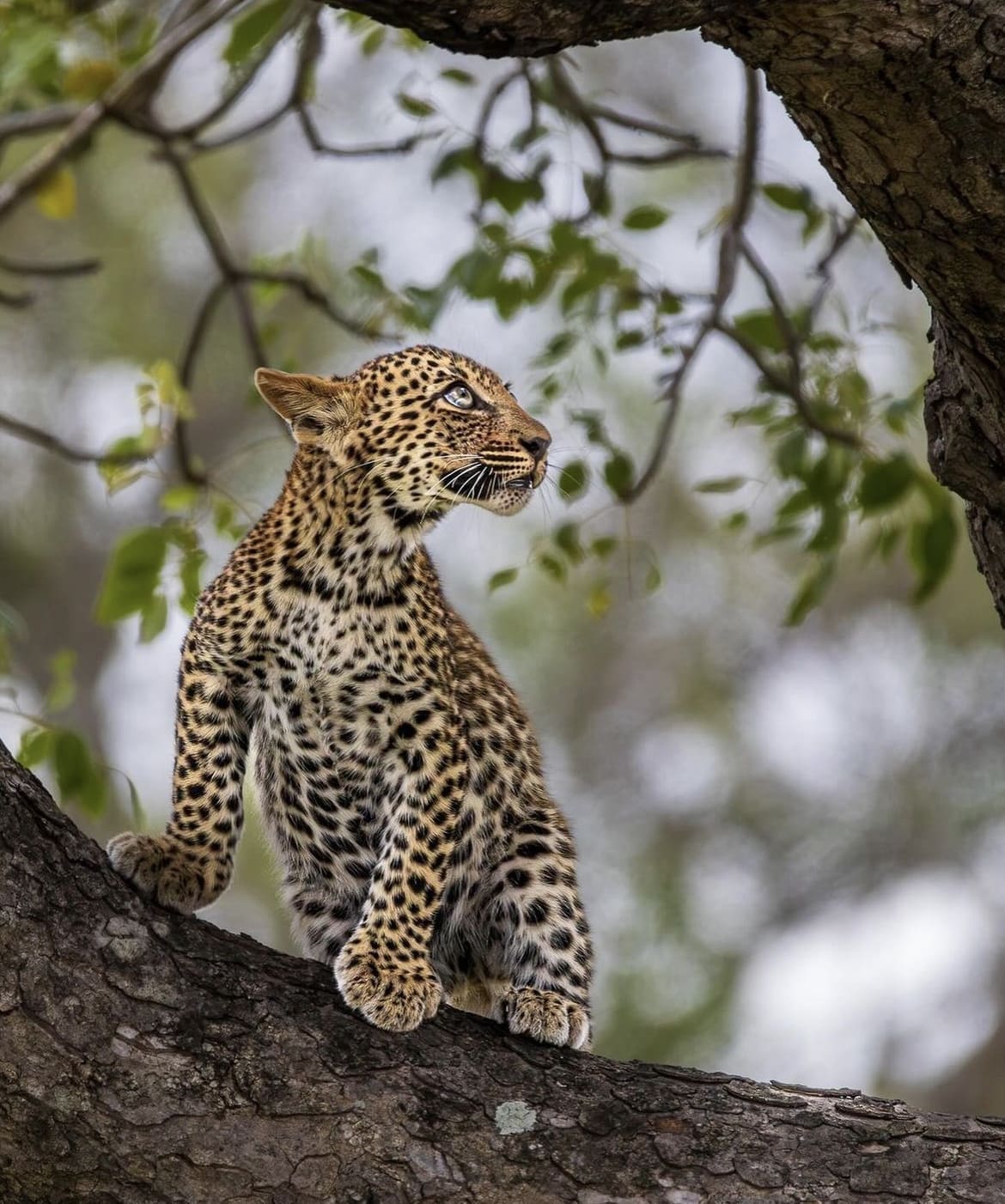The Ultimate Self-Drive Safari Guide for Kruger National Park
A self-drive safari in Kruger National Park is one of the most thrilling and personal ways to experience the wild.
Imagine the freedom to navigate the vast wilderness, spot the Big Five at your own pace, and soak in the untamed beauty without the constraints of a group tour.
For many, it’s the dream safari adventure. But this added freedom comes with the need for some additional preparation.
This guide covers everything you need to know—from planning and timing to essential driving tips.
Why Choose a Self-Drive Safari?
Freedom to Explore
With a map in hand and the open road ahead, you’re in complete control of your adventure. Unlike guided tours with fixed schedules and group dynamics, self-driving lets you decide where to go, how long to stay, and what to prioritize.
See a pride of lions basking in the sun and want to hang around longer? You can. Have a hunch that a quiet waterhole might reveal a rhino? Take the detour. This level of flexibility transforms your safari into a deeply personal journey, shaped entirely by your instincts and interests.
Cost-Effective Adventure
Safaris are often seen as expensive getaways, but a self-drive option can make this iconic experience more affordable. Renting a vehicle and covering park entrance fees are typically cheaper than booking an all-inclusive guided tour.
You also have the freedom to choose accommodations that suit your budget, whether that’s camping under the stars or staying at modest lodges just outside the park. By managing your own itinerary, you can allocate your resources where they matter most, making a self-drive safari an ideal option for travelers who want an authentic experience without overspending.
Immersive Experience
Driving yourself through Kruger takes the safari experience to another level. Without a guide setting the pace, you’re more connected to the environment around you. The crunch of gravel under your tires, the rustle of leaves in the breeze, or the distant call of a hornbill—it’s all part of the raw, unfiltered experience.
Every sighting becomes your own discovery, whether it’s spotting a leopard hidden in the trees or catching a herd of elephants crossing the road. For wildlife enthusiasts and first-time visitors alike, the hands-on nature of a self-drive safari fosters a deeper, more personal connection to the bush.

Planning Your Kruger Safari
Preparation is key for a successful self-drive safari in Kruger National Park. With its popularity soaring, particularly during peak seasons, you’ll want to book your accommodation and rental vehicle well in advance. Kruger’s rest camps and lodges often fill up quickly, especially during the dry months when wildlife viewing is at its peak.
If you’re traveling internationally, there’s an extra layer of preparation involved. Don’t forget to familiarize yourself with the park’s rules and regulations before hitting the road—they’ll be critical to ensuring both your safety and the preservation of the bush you’re entering.
Best Time Of Year For A Self-Drive Safari In Kruger National Park
Timing your visit can make or break your safari experience. For the best chance to see wildlife, aim for the late dry season, typically between August and October. This is when water sources are scarce, forcing animals to gather around the remaining waterholes and rivers. The landscape also thins out, making it easier to spot animals hiding in the bush.
During this period, you’re more likely to see iconic species like lions, elephants, and rhinos without venturing far from the main roads. Bird watchers, on the other hand, might want to visit during the wet season when migratory species arrive.
But keep in mind, roads can become trickier to navigate after heavy rains. Either way, researching seasonal conditions before your trip is essential for planning routes and expectations.
Read More:
- Where To Stay In Kruger National Park – Best Rest Camps & Lodges
- The Wildest Guide to Kruger National Park
- 13 Best Private Game Lodges In Kruger National Park

Entering the Park
The early bird truly gets the worm in Kruger. To maximize your chances of spotting wildlife, plan to arrive at the gates before they open, usually around 5:30 or 6:00 a.m., depending on the season. The line of cars waiting for entry can get long, especially during the high season, so arriving early gives you a significant advantage.
Before entering, you’ll need to present a few key documents. Keep your accommodation voucher and entry permit handy, as gate staff will require them before allowing you in. These documents also ensure you’ve adhered to park protocols, which prioritize visitor safety and the conservation of Kruger’s ecosystems.
Driving Tips for a Safe and Enjoyable Safari
Driving in Kruger is unlike any other road trip you’ve taken. The key here is to move slowly and stay alert. The speed limits are strictly enforced—50 km/h on tarred roads and 40 km/h on dirt tracks—but you’ll often find yourself driving even slower to scan for wildlife. At these speeds, every rustle in the bush or shadow near the road could reveal a hidden lion or herd of elephants.
Sticking to designated roads is non-negotiable. Off-roading is strictly prohibited and can damage sensitive ecosystems, not to mention land you in serious trouble with park authorities. And under no circumstances should you exit your vehicle outside of designated areas. It’s not just dangerous—it’s illegal.
The best sightings often come to those who stay patient, observant, and quiet. Turning off your engine while parked at a waterhole or scenic spot can enhance your experience, allowing you to hear animal calls or spot subtle movements in the bush.
READ NEXT: 10 ANIMALS TO LOOK FOR IN KRUGER NATIONAL PARK

Best Routes for Wildlife Viewing
Navigating Kruger National Park is like choosing from a menu of endless possibilities, but certain routes are known for consistently delivering exceptional wildlife sightings.
If spotting the Big Five is your priority, you’ll want to focus on these key roads:
- H1-1 and H4-1: Known for frequent lion activity.
- S1 and H3: Great for leopards and the occasional cheetah.
- S28 and S100: Popular routes for lions and cheetahs.
- H7: Another hotspot for cheetah sightings.
Bird watchers, on the other hand, should venture north. The quieter northern region is a paradise for birding enthusiasts, with sightings of unique species like the Pel’s fishing owl and southern ground hornbill. Whether you’re after big cats or rare feathered friends, a detailed park map is your best friend for navigating these roads and tracking recent sightings.
Time Management
Time is everything on a self-drive safari. Start your day at the gates as they open—wildlife is most active during the cooler hours of dawn. Early starts often lead to incredible sightings before the heat drives animals into the shade.
Throughout the day, maximize your time on the road. Unlike guided tours with set schedules, self-driving gives you the freedom to linger at a waterhole or follow an animal along the roadside. However, keep a close eye on the time. Gate closures are strictly enforced, and failing to return to your camp on time could result in fines—or worse, a night stranded in the wild.
Plan your routes to ensure you’re back well before closing time, and always allow extra time for unexpected delays like elephant roadblocks.

Essential Equipment
A well-equipped vehicle can make all the difference on a safari. Here’s a checklist of essentials you should never forget:
- Binoculars: Even the best wildlife sightings can be distant. A good pair of binoculars ensures you won’t miss any details.
- Camera: Kruger is a photographer’s dream. Whether you’re a pro or just want memories, a decent camera is a must.
- Detailed Park Map: Available at gates and rest camps, these maps are crucial for finding the best routes and nearby facilities.
- Fuel: Fill up whenever possible. Some rest camps offer fuel stations, but don’t risk running low on long routes.
- Snacks and Water: A full day of driving can be exhausting. Pack enough food and drinks to keep you energized.
Making The Most Of Your Self-Drive Safari Experience
A self-drive safari in Kruger offers unparalleled freedom, but there are ways to elevate the experience even further. For example, booking a guided game drive or bushwalk is an excellent way to see the park from a new perspective. These activities, often held during dawn and dusk, allow you to access areas and insights unavailable to regular self-drivers.
Another must-try is visiting waterholes and hides. These strategic spots are designed for wildlife viewing, providing a chance to observe animals up close without disturbing them. You’ll also find sightings boards at rest camps, which are updated by visitors to show where animals have recently been spotted. Use this information to plan your next route and improve your odds of catching that elusive leopard or rhino.
Staying Safe
Safety is a top priority when navigating Kruger National Park. While the park is relatively well-managed, the wilderness is unpredictable, and precautions are essential:
- In Case of Breakdown: If your vehicle has mechanical trouble, stay inside and call the Kruger Emergency Center at 013-735-4325. Help will come to you.
- Stay Inside Your Vehicle: It cannot be stressed enough—never leave your car except in designated areas. Even if an animal seems far away, they can close the distance faster than you think.
- Pack for the Day: Ensure you have enough water, snacks, and sunscreen. A long day in the sun can be grueling without proper preparation.
These tips will keep you safe while ensuring the animals remain undisturbed—a win-win for everyone.

A self-drive safari in Kruger National Park offers an immersive journey into the heart of Africa’s wild beauty.
By planning ahead, choosing the right routes, and following park rules, you’ll create a safari experience that’s as safe as it is unforgettable.
Whether you’re tracking lions across the savanna, marveling at a bird of prey in the northern regions, or simply soaking in the stillness of the bush, Kruger offers a raw, unfiltered connection to nature that few places on Earth can match.
Respect the park, respect the wildlife, and embrace the adventure. Kruger is waiting for you.
